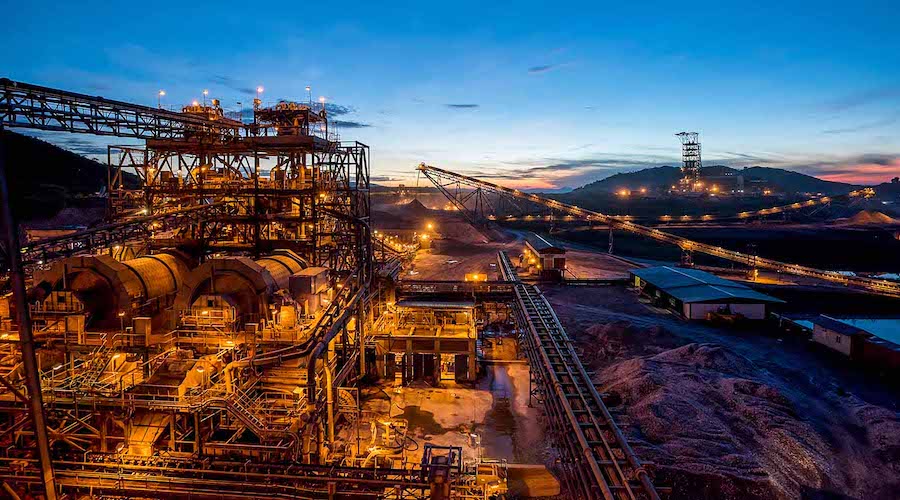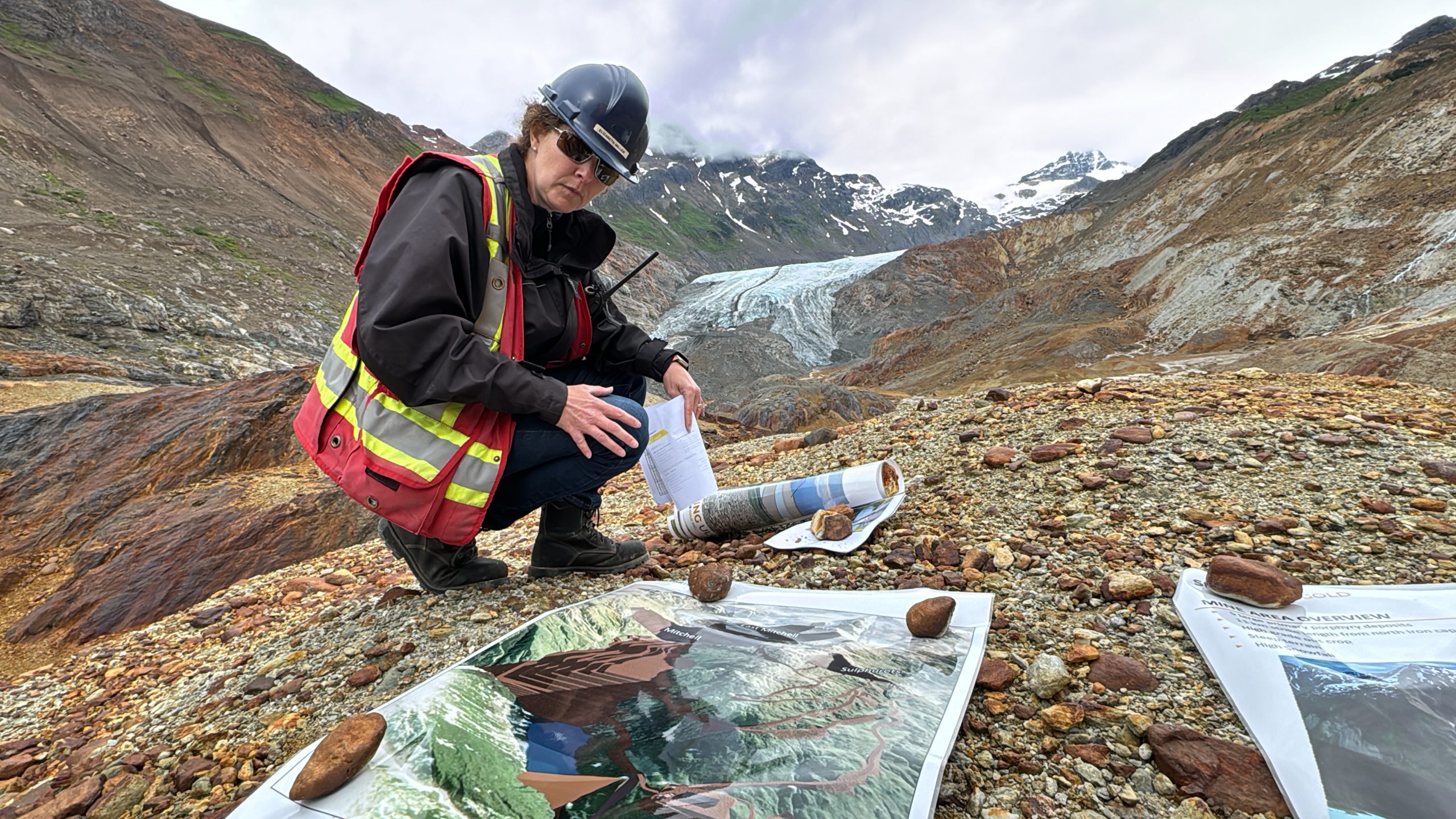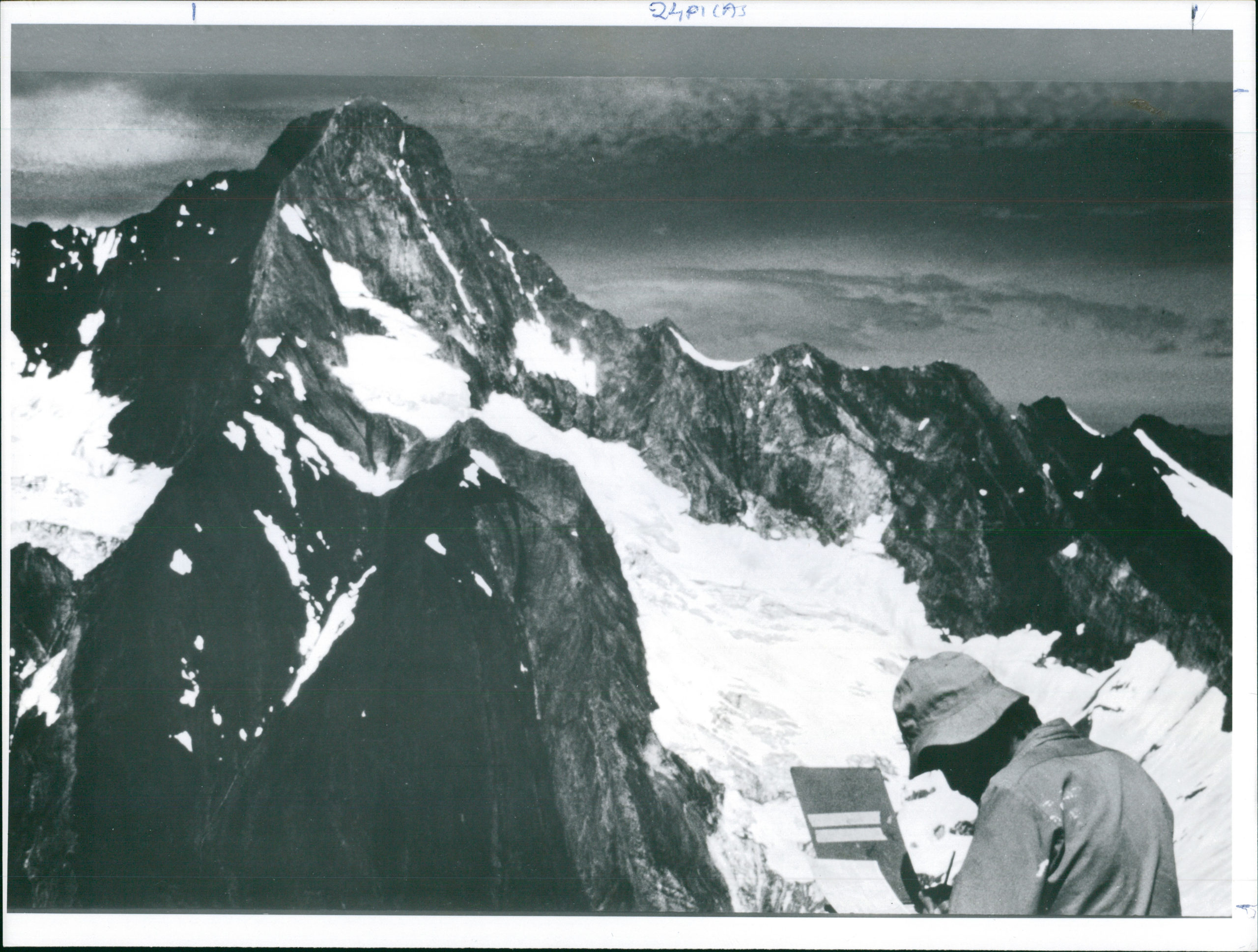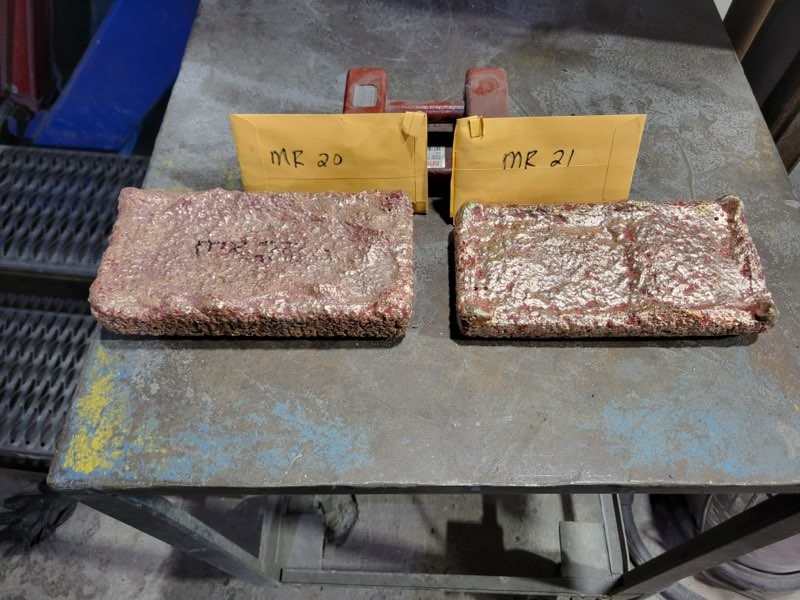Talking to the media over the weekend, Barrick’s chief executive Mark Bristow said that Kibali’s reserves have grown to a level equivalent to that in the original 2010 feasibility study, despite producing more than 6.4 million ounces of gold since commissioning.
As of 2022, the mine’s total reserves were 97 million tonnes grading 3.26 gm/t for total contained ounces of 10.2 Moz.
Green energy drive
In addition to highlighting its production potential, Bristow said that Kibali now leads Barrick’s green energy drive thanks to its three continuously upgraded hydropower stations and their battery backup system.
“At present, approximately 80% of the mine’s power requirement is provided by renewable energy sources and this will rise when the planned new solar plant is commissioned in 2025, further reducing Kibali’s carbon footprint as well as its costs,” the CEO said.
The executive also noted that the company is spearheading environmental initiatives outside of the mine.
“Kibali has a particular interest in the future of Africa’s biodiversity and will write a new chapter in its long support for the DRC’s Garamba National Park with the introduction of a sustainable population of white rhinos in partnership with African Parks and the DRC people,” he noted.
In his view, the in-country relationships that the firm has built have been key to advancing both its environmental and mining objectives.
“In the 13 years since the acquisition of the property which became Kibali, it has invested more than $4.6 billion in the DRC, with payments to local contractors and suppliers alone amounting to almost $2.4 billion; $1.4 billion going to the government in the form of royalties, taxes and permits; salaries amounting to $621 million; and the investment of $196 million in infrastructure development and community support,” Bristow said.




